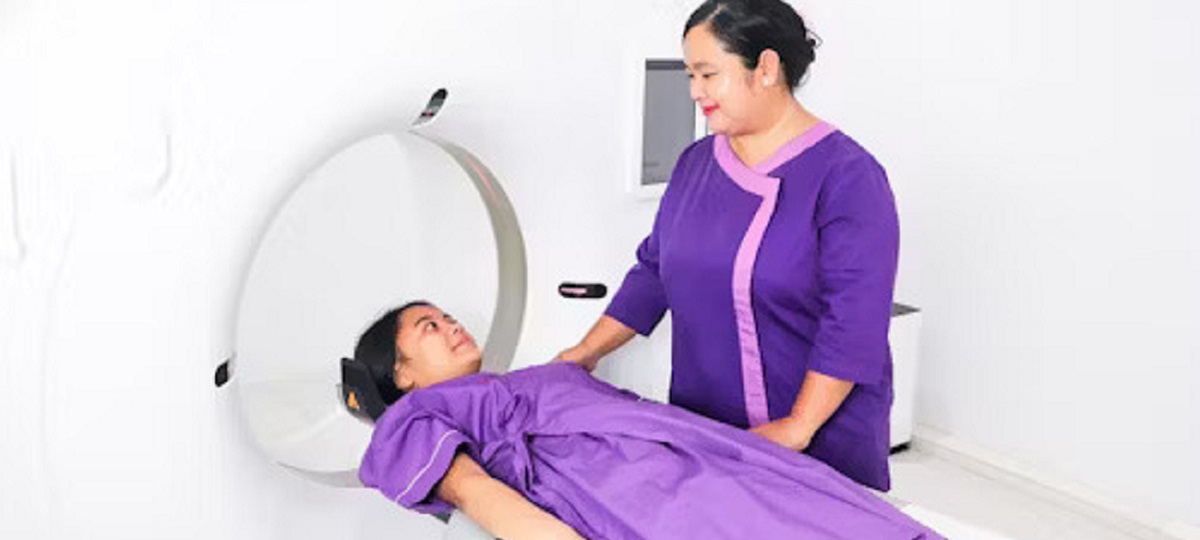Ever wondered how well your gallbladder works? If you have belly pain, especially on the upper right side, your doctor might suggest a HIDA scan. This test shows how healthy and active your gallbladder is. But you might wonder: how long does it take? The scan itself isn’t too long, but the whole visit can vary in time. Let’s look into the details of the test and how long it usually takes.
Breaking Down the HIDA Scan
A HIDA scan, also called hepatobiliary scintigraphy, tracks the movement of bile from your liver to your gallbladder and intestine using a radioactive substance. Here’s how it works:
- Preparation: You might need to avoid fatty foods before the scan. Tell your doctor about any medications you’re taking, as some may need to be stopped temporarily.
- The Injection: A thin tube is put into a vein in your arm. Then, a radioactive tracer is injected through this tube.
- Imaging: You’ll lie comfortably on a table while a special camera takes pictures of your belly as the tracer moves through your digestive system.
Understanding the Time Frame
The time you spend at the facility for a HIDA scan can vary from one to four hours. Here’s what to expect during this time:
- Initial Images: Right after the tracer injection, the first set of images is taken. This step typically lasts 30-60 minutes.
- Monitoring Phase: Over the next 2-4 hours, you might need to lie still on the table for more images. Each additional image takes only a few minutes, but waiting periods in between can extend the overall time.
- Post-Scan: After all images are taken, the IV is removed, and you’re free to leave. There are usually no restrictions on your diet or activities after the scan.
Factors Affecting the Duration
While the usual range is 1-4 hours, several things can affect how long your HIDA scan takes:
- Gallbladder Function: If your gallbladder works well, the tracer moves through your system faster, making the scan shorter. But if your gallbladder is slow or doesn’t empty right, it might take longer for the tracer to show up, making the scan longer.
- Additional Imaging: Sometimes, your doctor might have you eat a fatty meal during the scan to see how your gallbladder reacts. This “Fatty Challenge” can add some time to the scan as they take more pictures afterward.
Tips for a Smooth HIDA Scan Experience
Here are some tips to help make your HIDA scan experience as smooth as possible:
- Follow Pre-Test Instructions: Your healthcare provider will give you specific instructions to prepare for the HIDA scan. Follow them carefully, which might include fasting before the test.
- Wear Comfortable Clothing: Choose loose, comfy clothes for the scan. You might be lying down for a while, so being comfortable is important.
- Bring Entertainment: The scan can take 1 to 4 hours, and you’ll need to stay still. Bring a book, magazine, or music to stay occupied and relaxed.
- Stay Calm: The scan itself is painless, but some people may feel anxious. Practice deep breathing to stay calm.
- Communicate with the Technologist: If you have any concerns, talk to the technologist before or during the scan. They’re there to help you feel comfortable and safe.
- Stay Still: It’s important to stay as still as possible during the scan for clear images. Moving can blur the pictures and affect the results.
Conclusion
The HIDA scan is painless and usually doesn’t take too long. Even though the total time at the facility can vary, knowing how the scan works and why it might take longer can help you feel less worried. Just follow your doctor’s advice and talk openly with them. That way, you can have a smooth HIDA scan experience.
